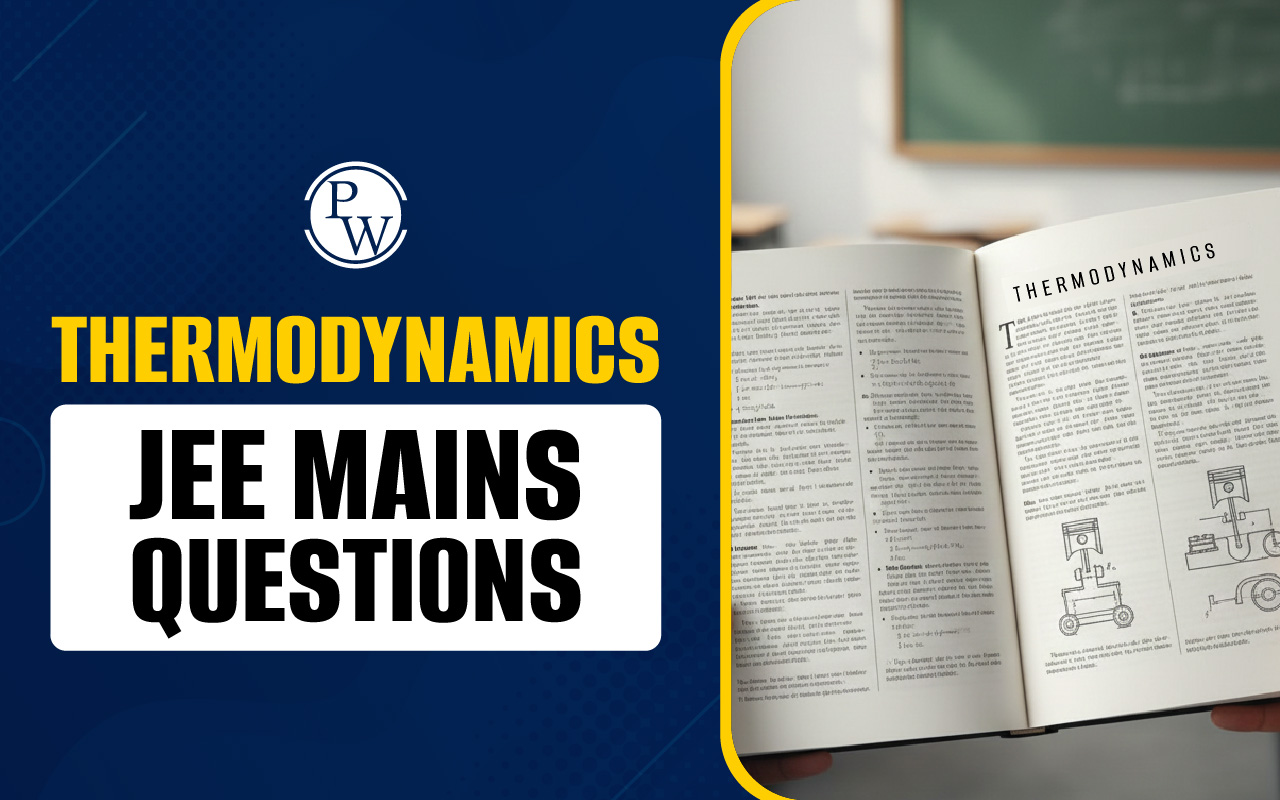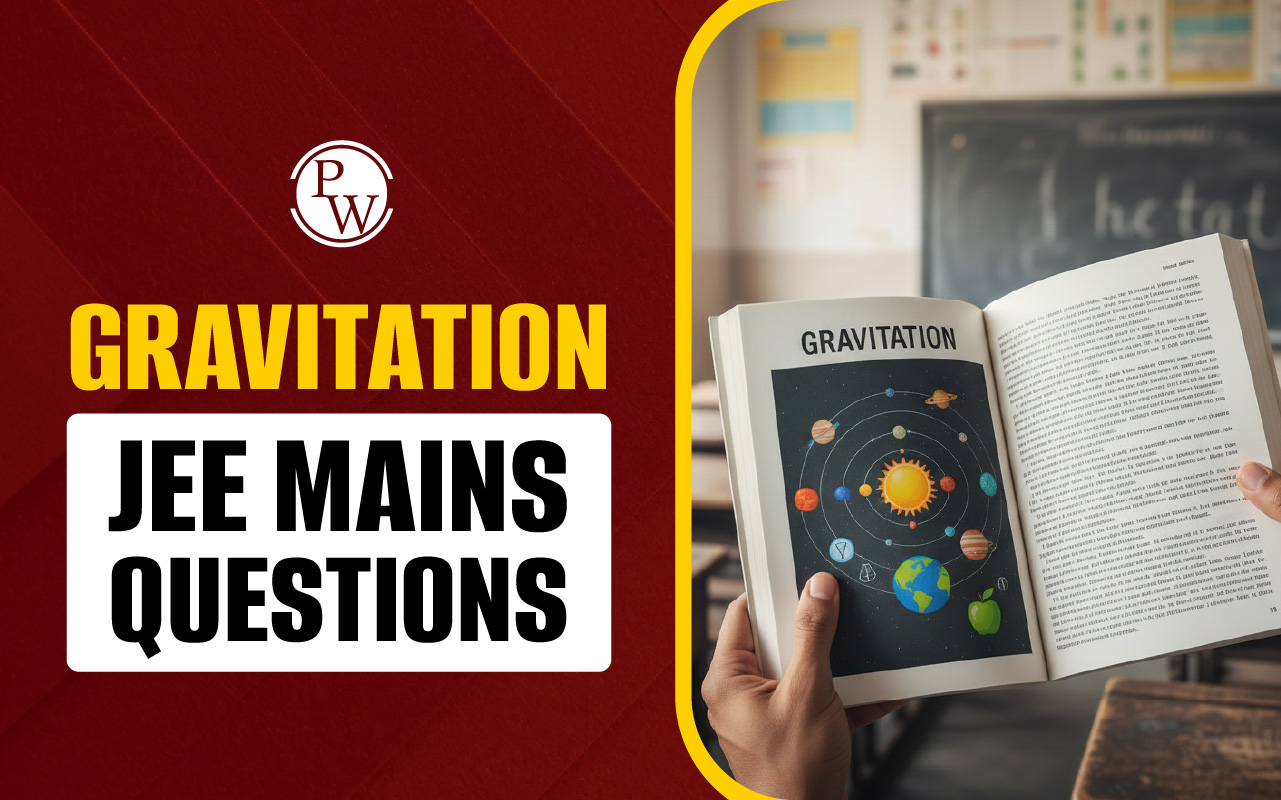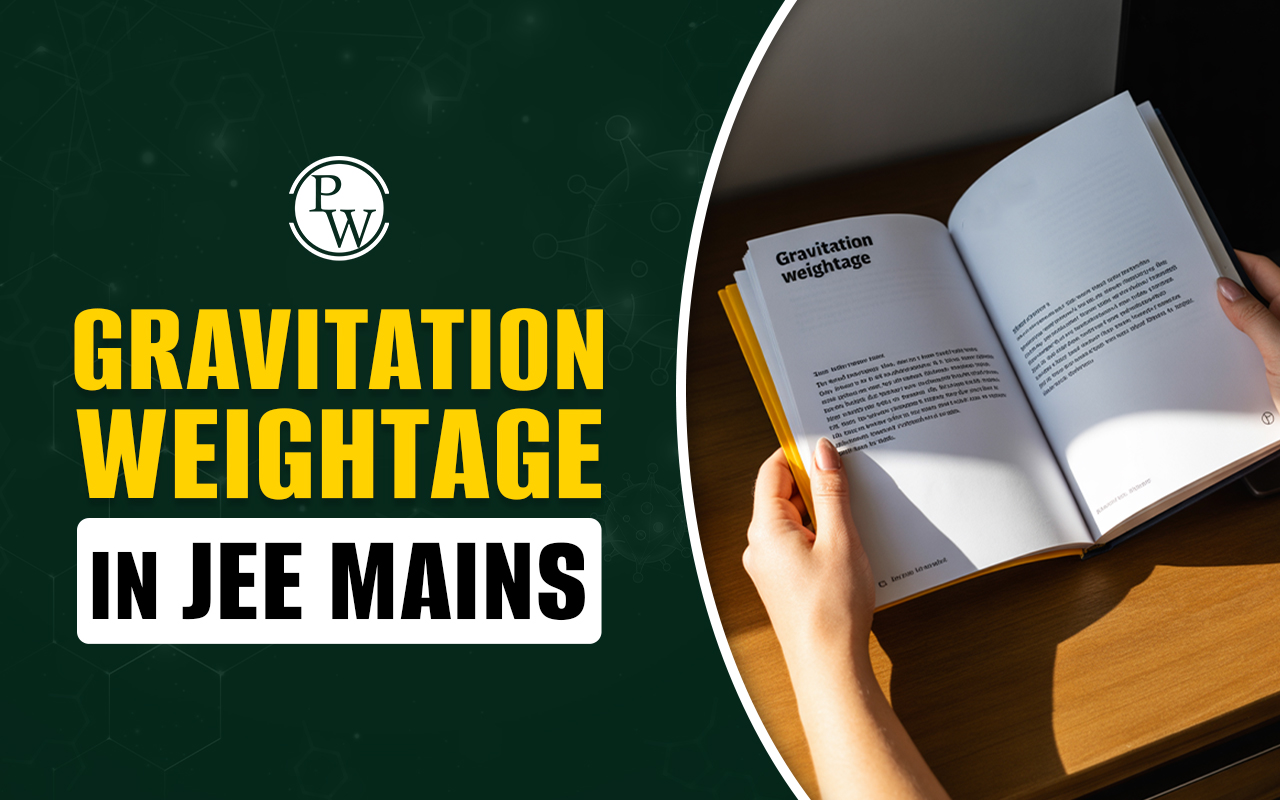
Quantum Mechanical Model Of Atom Orbit And Orbital : Welcome, aspiring scientists, to the fascinating world of the quantum mechanical model of the atom! In this article, we'll embark on an adventure to unravel the secrets of orbits, orbitals, and their intriguing shapes. Get ready to dive into the microscopic realm of atoms and explore the fundamental building blocks of matter.
Orbit and Orbital
Orbit and Orbital : Let's start by clarifying the difference between orbits and orbitals in the quantum mechanical model of the atom. While these terms may sound similar, they represent distinct concepts that play crucial roles in describing the behaviour of electrons within atoms.
Quantum Mechanical Model Of Atom : Orbit
Orbit : In classical physics, orbits are often associated with the paths followed by planets around the sun or electrons around the nucleus of an atom. However, in the quantum mechanical model, the concept of orbits is replaced by orbitals. Orbits are specific paths that electrons were believed to follow in classical atomic models, but they are not used to describe electron behaviour in the quantum mechanical model.
Quantum Mechanical Model Of Atom : Orbital
In the quantum mechanical model, orbitals are regions of space around the nucleus where electrons are most likely to be found. Unlike orbits, which represent fixed paths, orbitals are defined by probability distributions that describe the likelihood of finding an electron at a particular location. Each orbital is associated with a specific energy level and can hold a maximum number of electrons determined by its capacity.
- An orbital may be defined as the region of space around the nucleus where the probability of finding an electron is maximum (90% to 95%)
- Orbitals do not define a definite path for the electron. Rather they define only the probability of the electron being in various regions of space around the nucles.
Difference between orbit and orbitals
|
Orbit |
Orbital |
|
It is well defined circular path that follows nucleus by revolving of electrons around the nucleus. |
It is the region of space where electrons most likely to be found. |
|
It represents planar motion of electron |
It represents 3 dimensional motion of an electron around the nucleus. |
|
The maximum number of electron in an orbits is 2n 2 where n stands for number of orbit. |
Orbitals can not accommodate more than 2 electrons. |
|
Orbits are circular in shape |
Orbital have different shape e.g., s-orbital is spherical, p-orbital is dumb-bell shaped. |
|
Orbit are non directional in character. Hence, they cannot explain shape of molecules. |
Orbitals (except s-orbital) have directional character. Hence they can account for the molecules. |
|
Concept of well defined orbit is against Heisenberg’s uncertainty principle. |
Concept of orbitals is in accordance with Heisenberg’s principle. |
Now that we've clarified the difference between orbits and orbitals let's explore the fascinating shapes of these orbitals and how they contribute to our understanding of atomic structure.
Shape of the Orbitals
In the quantum mechanical model, orbitals come in various shapes and sizes, each corresponding to a different type of orbital. These shapes are determined by mathematical equations known as wavefunctions, which describe the probability distribution of finding an electron in a particular orbital. Let's explore some common types of orbitals and their shapes:
s orbitals (Spherical)
Spherical orbitals, also known as s orbitals, are the simplest type of orbital and have a spherical shape. They are characterized by a single lobe or region of high electron probability centred around the nucleus.
Spherical orbitals are associated with the lowest energy levels in an atom and can hold a maximum of two electrons with opposite spins.
∙ s-orbital is non-directional and it is closest to the nucleus, having lowest energy.
∙ s-orbital can accommodate maximum number of two electrons.
p orbitals: (Dumbbell-Shaped)
Dumbbell-shaped orbitals, also known as p orbitals, have a distinctive dumbbell shape with two lobes of high electron probability separated by a node or region of zero probability at the nucleus. P orbitals come in three orientations – p x , p y , and p z –corresponding to the three-dimensional axes (x, y, and z) and are associated with higher energy levels than s orbitals.
d orbitals (Double-dumbbell Shaped)
Double-dumbbell Shaped orbitals, also known as d orbitals, have more complex shapes with multiple lobes and nodes. There are five different orientations of d orbitals – dxy, dyz, dzx, dx²-y², and dz² – each with its own unique shape and orientation in space.
f orbitals (Complex-Shaped Orbitals)
Complex-shaped orbitals, also known as f orbitals, are the most intricate and least understood orbitals. They have complex shapes with multiple lobes and nodes arranged in a more elaborate pattern compared to d orbitals. f orbitals come in seven different orientations, each with its own unique shape and orientation in space.
f-orbital : Shape leaf like
Quantum Mechanical Model of Atom Orbit And Orbital FAQs
Q.1 : What is the quantum mechanical model of an atom?
Q.2 : What is the difference between orbits and orbitals in the quantum mechanical model?
Q.3 : What determines the shape of orbitals in the quantum mechanical model?
Q.4 : How are orbitals classified in the quantum mechanical model?
Q.5 : What is the maximum number of electrons that can occupy each type of orbital?
Q.6 : Are orbitals visible in experiments or observations?










